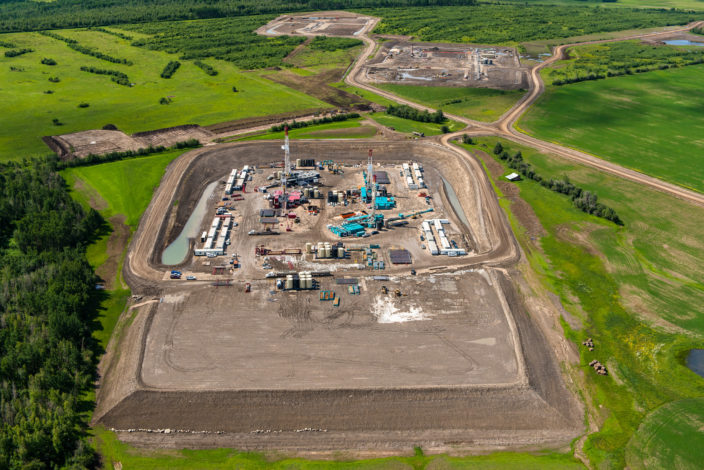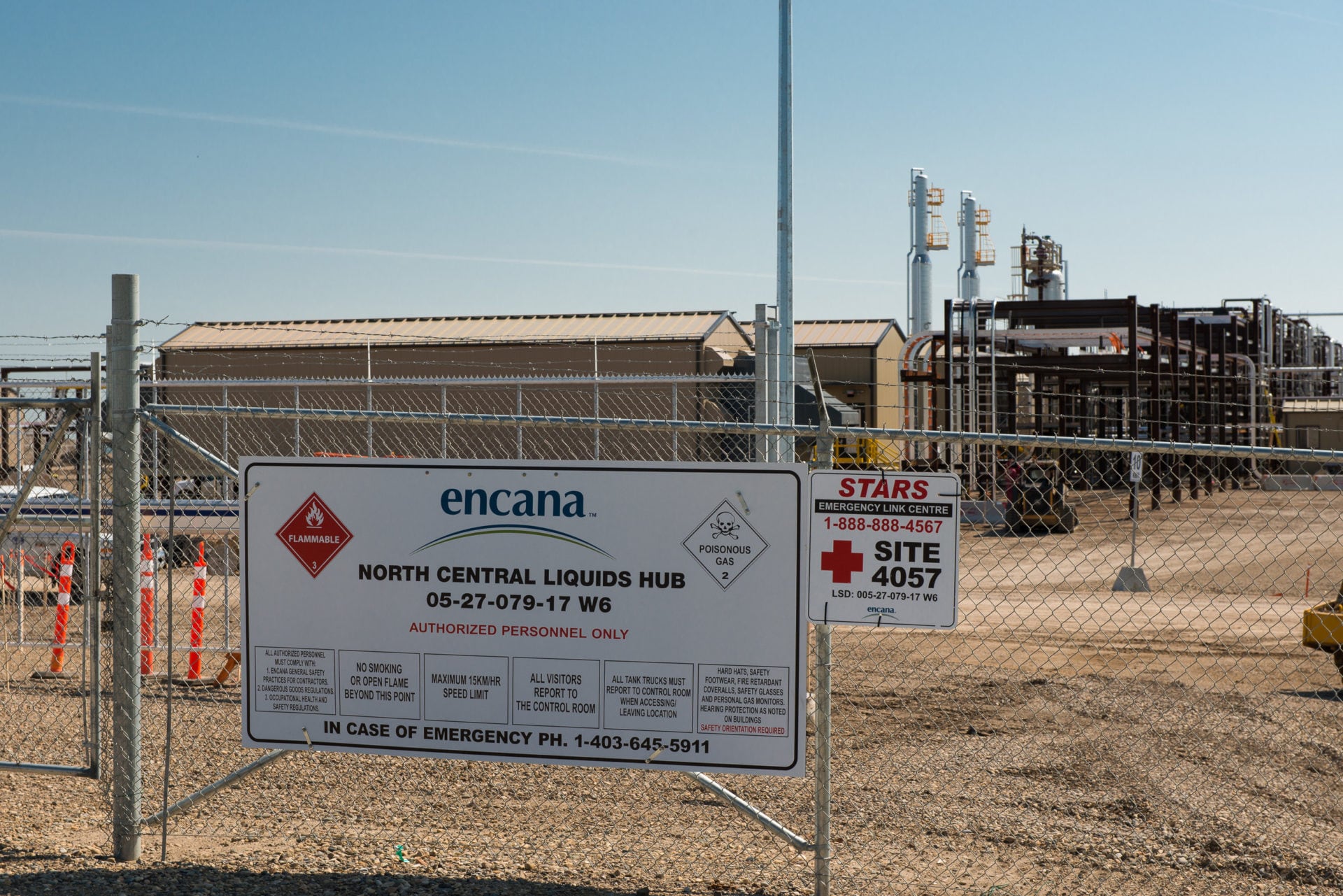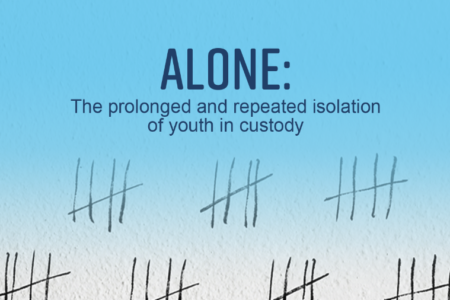Opinion: The problem with exempting major projects from environmental assessment
By Ben Parfitt, from The Narwhal
When a public regulator repeatedly makes major decisions that favour corporate interests — quietly and behind closed doors — we have a problem.
British Columbia’s Environmental Assessment Office bills itself as a “neutral” provincial agency.
But there is evidence that this is not the case, and that B.C. Environment Minister George Heyman needs to make serious reforms — beyond what was recently announced in his revitalization of the province’s environmental assessment law.
On numerous occasions under B.C.’s environmental assessment regime, corporations close to the government have received favourable rulings from the regulator.
Citizens may conclude that the Environmental Assessment Office is captured by the very companies it regulates — companies that have, in some cases, made handsome political donations to British Columbia’s two major political parties.
Consider, for example, Encana Corporation, a significant player in the natural gas industry in B.C.’s South Peace region.
In one ruling after another between 2014 and 2015, Encana received a free pass from the Environmental Assessment Office (EAO) without the public hearing a word about it until after the fact.
Those rulings involved not one, not two, but three gas plants that Encana proposed to build near the community of Dawson Creek. One of them was the largest of its kind built in Western Canada in the past 30 years.
To be clear, none of these were minor facilities.
They all qualified as “major” projects under the Environmental Assessment Act’s regulations, and therefore should have been “reviewable.”

A hydraulic fracturing operation near Farmington, B.C. Photo: Garth Lenz / The Narwhal
In each case, Encana asked the Environmental Assessment Office to exempt the gas plants from lengthy environmental assessments that would have required public notification and consultation.
And in each case, the office granted the company’s request without first notifying the public.
The company was thus spared the expense of having its projects subject to more transparent public environmental screenings.
All three plants are now built, owned and operated by Veresen Midstream LP, under an arrangement in which the company agrees to compress and transport all the hydrocarbons that Encana drills and fracks in the region over the next 30 years.
Encana’s requests to the Environmental Assessment Office were entirely above-board according to the law.
This is a problem for people concerned with a lack of transparency and public input into major projects.
The Environmental Assessment Act grants the office powers to exempt reviewable projects from assessments. When and how such calls are made, however, is often completely shielded from public scrutiny until after the fact.
That’s what happened in the three Encana cases. And that is precisely what Environment Minister Heyman should fix if his revitalization efforts are to have a lasting, positive impact.
First Nation leaders and prominent environmental lawyers all recently told Heyman and/or key officials in his ministry that the assessment office’s powers to exempt major projects should be scrapped.
Members of the public echoed those concerns. There is simply no legitimate reason to give the office such extraordinary powers.
Yet B.C.’s recent reforms to the Environmental Assessment Act would maintain the exemption power, with only one change — that the office recommend an exemption and the Minister then make the decision.
Leaving so much power in the Environmental Assessment Office opens the system to abuse and raises questions.
Questions like: Did Encana’s generous donations to B.C.’s major political parties have any bearing on the back-to-back-to-back favourable rulings that the company secured?
According to the searchable Elections B.C. database, donations by Encana to BC’s Liberal and New Democratic parties combined were more than $1.32 million from 2005 to the present, with the overwhelming majority of those funds (more than 92 per cent) going to the Liberals.
Elections B.C. also reports that former Encana chairman and CEO Gwyn Morgan, a one-time advisor to former B.C. Premier Christy Clark, personally donated more than $263,000 to the BC Liberals.
(Early in its mandate, the present NDP government banned corporate and union donations. But there are myriad ways that such entities continue to wield influence.)
As Encana’s donations flowed, the government launched the Site C project, and BC Hydro began spending hundreds of millions of dollars to build new transmission lines from its two existing hydro dams on the Peace River. As those new lines were built, it was expected that the fossil fuel industry would consume much of that power.
Documents posted by the Environmental Assessment Office after it granted Encana exemptions at its Sunrise, Saturn and Tower gas plants show that the regulator gave the company what it wanted partly because the plants would be powered by hydroelectricity, and not natural gas. According to the office, that meant that the plants would have few “significant” environmental impacts.
But full environmental assessments would have allowed members of the public to question such assertions. For starters, what about all the increased natural gas drilling and fracking to supply gas to the three plants?
A public environmental assessment might also have allowed members of the public to raise questions about the “cumulative” impact of the full range of gas industry activities on the region’s fragile waterways, First Nations and farming communities — something that environmental assessments often neglect.
Recently I got a firsthand view of what that impact looks like when I toured the Farmington area, south of the Peace and Kiskatinaw rivers. In field after field, I arrived to see 20 acres or more of farmland stripped of its topsoil to make way for giant, multi-well gas pads.
I stood beside massive earthen dams that had essentially turned quarter sections of farmland into giant industrial water farms — where hundreds of thousands of cubic metres of freshwater are staged for use in brute-force gas industry fracking operations.
And I watched as huge swaths of wheat fields were turned into new natural gas and toxic wastewater pipeline routes, that linked the mushrooming industrial infrastructure together.
All of these developments underscored the growing fragility of B.C.’s Agricultural Land Reserve in a region where the assault on farmland is starkly evident at the nearby, massively over-budget Site C hydroelectric dam that would destroy thousands of acres of the province’s most productive farmland.
None of this apparently constituted anything “significant” as far as the EAO was concerned.
If you want evidence that B.C.’s environmental assessment legislation is in serious need of an overhaul, look no further.
There’s still time to put a full stop to the Environmental Assessment Office’s discretionary powers to exempt major industrial projects from environmental assessments and to restore the public’s rightful place in the process.
Ben Parfitt is a resource policy analyst with the Canadian Centre for Policy Alternatives, author and co-author of two books…

























